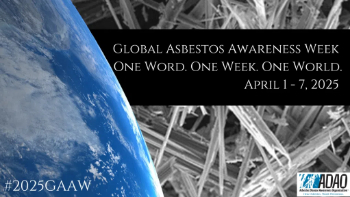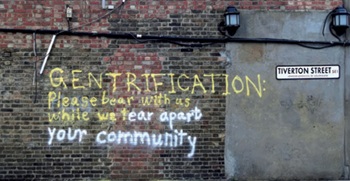CDM 2007 workers
For information about the role of workers under the 2015 CDM regulations see CDM 2015 workers.
The text below relates to the superseded 2007 CDM regulations and is provided as a historical reference.
Contents |
[edit] Introduction
The Construction (Design and Management) Regulations (CDM Regulations) are intended to ensure that health and safety issues are properly considered during a project’s development so that the risk of harm to those who have to build, use and maintain structures is reduced.
The regulations apply from concept design onward and impose duties on:
- The client.
- Designers.
- The CDM co-ordinator.
- The principal contractor.
- Contractors.
- Workers (including the self-employed).
The CDM Regulations describe a construction site as …any place where construction work is being carried out or to which the workers have access, but does not include a workplace within it which is set aside for purposes other than construction work.
It is not entirely clear from the regulations that there are specific duties imposed on workers, other than those imposed on ‘every person’ or ‘every duty holder’ however, they do impose duties on employers, contractors and principal contractors in relation to workers that by implication require worker engagement.
(The requirements below are only those that relate to workers, for other requirements, refer to specific articles about those duty holders)
[edit] Every person
- Every person concerned in a project who is working under the control of another person shall report to that person anything which he is aware is likely to endanger the health or safety of himself or others.
- Every person at work on a construction site shall, so far as is reasonably practicable, be instructed in the correct use of any fire-fighting equipment which it may be necessary for him to use.
[edit] Every duty holder
- Shall not accept an appointment or engagement unless he is competent.
- Shall co-operate and co-ordinate work to ensure the health and safety of construction workers and others who may be affected by the work.
- Shall apply the general principles of prevention.
- Shall not arrange for or instruct a worker unless the worker is competent, or under the supervision of a competent person.
[edit] Contractor
Shall provide suitable information and training, including:
- Site induction (where not provided by the principal contractor).
- Information about risks to their health and safety.
- Measures identified in risk assessments.
- Site rules.
- Procedures to be followed in the event of serious and imminent danger, and the identity of persons nominated to implement those procedures.
They should also provide their own employees with health and safety training.
[edit] Principal contractor
- Shall facilitate co-operation and co-ordination between all parties on site.
- Provide welfare facilities.
- Draw up rules which are appropriate to the construction site.
- Consult with workers or their representatives before making health and safety decisions.
- Ensure that notifiable details are displayed where they can be read by workers.
- Provide a suitable site induction.
- Provide information and training for the particular work to be carried out.
- Ensure that workers or their representatives can inspect and take copies of information which relates to the planning and management of the project.
[edit] Other measures
- Cofferdams and caissons shall be appropriately equipped so that workers can gain shelter or escape if water or materials enter it.
- Changing rooms shall be provided if necessary.
[edit] Related articles on Designing Buildings Wiki
Featured articles and news
OpenUSD possibilities: Look before you leap
Being ready for the OpenUSD solutions set to transform architecture and design.
Global Asbestos Awareness Week 2025
Highlighting the continuing threat to trades persons.
Retrofit of Buildings, a CIOB Technical Publication
Now available in Arabic and Chinese aswell as English.
The context, schemes, standards, roles and relevance of the Building Safety Act.
Retrofit 25 – What's Stopping Us?
Exhibition Opens at The Building Centre.
Types of work to existing buildings
A simple circular economy wiki breakdown with further links.
A threat to the creativity that makes London special.
How can digital twins boost profitability within construction?
The smart construction dashboard, as-built data and site changes forming an accurate digital twin.
Unlocking surplus public defence land and more to speed up the delivery of housing.
The Planning and Infrastructure Bill
An outline of the bill with a mix of reactions on potential impacts from IHBC, CIEEM, CIC, ACE and EIC.
Farnborough College Unveils its Half-house for Sustainable Construction Training.
Spring Statement 2025 with reactions from industry
Confirming previously announced funding, and welfare changes amid adjusted growth forecast.
Scottish Government responds to Grenfell report
As fund for unsafe cladding assessments is launched.
CLC and BSR process map for HRB approvals
One of the initial outputs of their weekly BSR meetings.
Building Safety Levy technical consultation response
Details of the planned levy now due in 2026.
Great British Energy install solar on school and NHS sites
200 schools and 200 NHS sites to get solar systems, as first project of the newly formed government initiative.
600 million for 60,000 more skilled construction workers
Announced by Treasury ahead of the Spring Statement.























